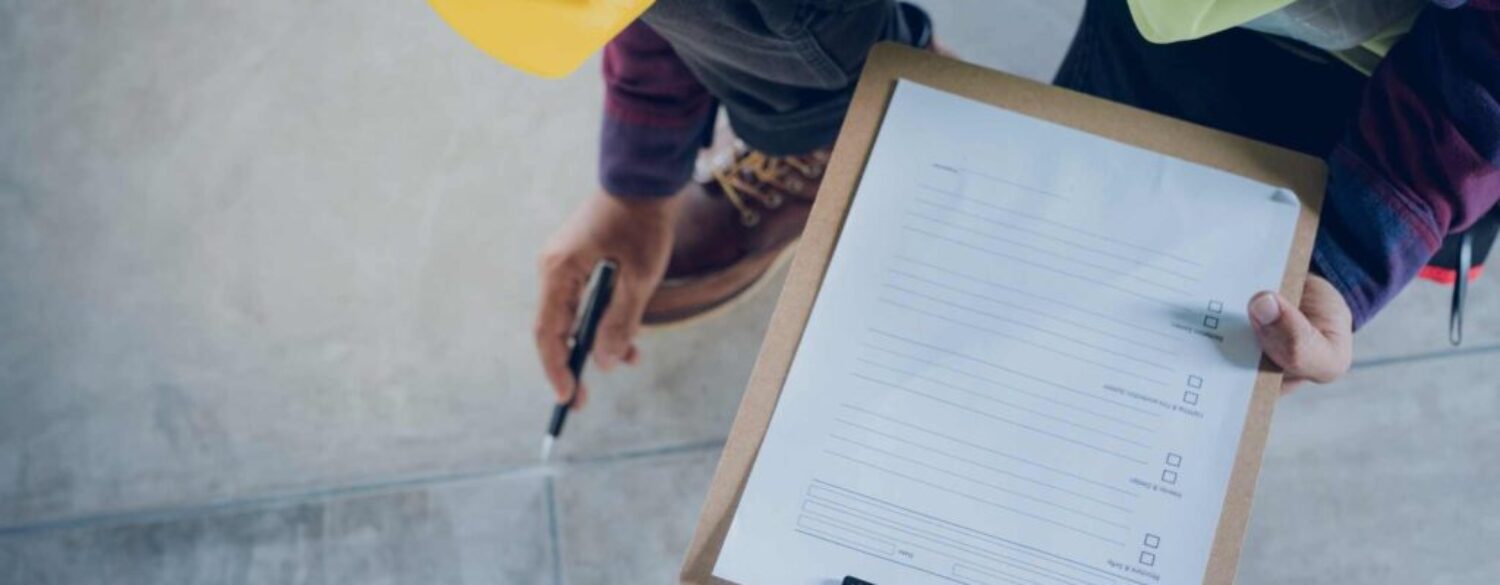9 Things Home Inspectors Look For During The Inspection
The home inspection is an important step when purchasing a home, so you’ll want to know what’s in store for inspection day. The purpose of the inspection—which may take between two and four hours depending on the size—is for buyers to get a full understanding of the condition of the property, including all repair and maintenance issues.
During the process, home inspectors use special tools to determine the presence of asbestos, mold, or decay. The home inspector is an experienced and knowledgeable third-party who gives you unfiltered assessments of the home’s condition so you know what to expect for repairs and maintenance in your new home.
Basement and Crawlspace
When home inspectors examine a basement or crawlspace, they look for excessive moisture, debris, ventilation issues, and mold. Home inspectors can also see what renovations were done in the home previously based on the condition of the crawlspace or basement.
Electrical
The electrical portion of the inspection includes the wall panel, breakers, and outlets. Home inspectors use thermal imaging cameras and multimeters to catch any hot spots that indicate issues with wiring or circuitry, such as ungrounded circuits or degraded components.
Structure
This part of the inspection includes the foundation, bearing walls, beams, joists and trusses, piers and posts, floor slabs, the roof, and chimneys. The home inspector looks for gaps between walls and floors, cracks in basement walls or around doorframes, and deteriorated roof shingles.
HVAC
Home inspectors test heating and air conditioning units (the furnace and an indoor or outdoor A/C unit) by turning them on and off, and will look for cracked duct work or rust around the furnace or A/C units.
Plumbing
Your home inspection will include the main water shut off, drainpipes, service caps, vent pipes, and gas service lines. Home inspectors identify sediment buildup, broken thermostats, and clogged or overflowing sewer lines, and may use thermal imaging cameras to spot leaks in walls.
Bathroom
While examining the bathroom, the home inspector will ensure the proper condition of ceiling and wall paint, floor tiles, doors and windows, electrical outlets and lighting circuits. The inspector will also run the water and flush the toilet to check proper pressure and drainage.
Laundry Area
This stage of the inspection includes an examination of the washer hose, washer and dryer electrical, dryer vent, dryer gas line, washer drain, and floor drain.
The goal of South Sound Inspections is to provide an honest, transparent assessment of a home’s condition. After the inspection, you can also expect some practical, cost-saving tips for maintenance and repairs, and information about major safety hazards that need professional attention.



